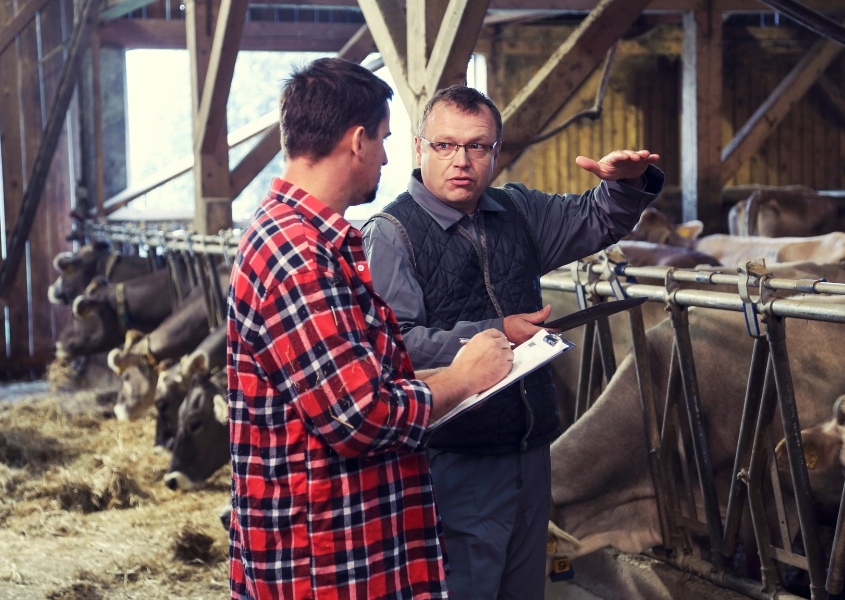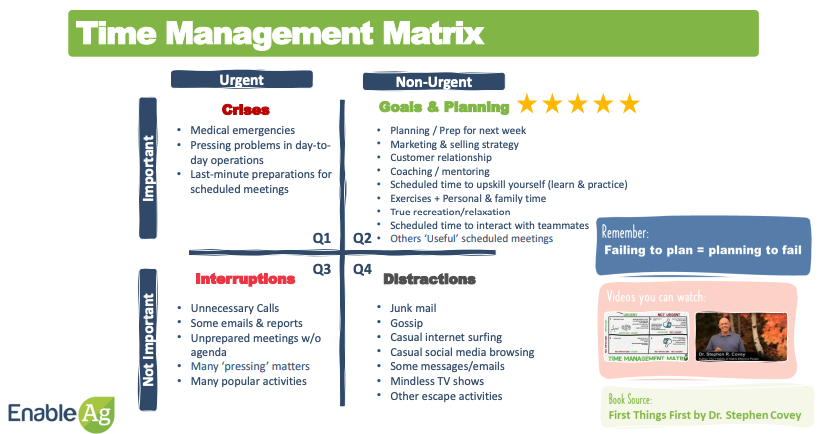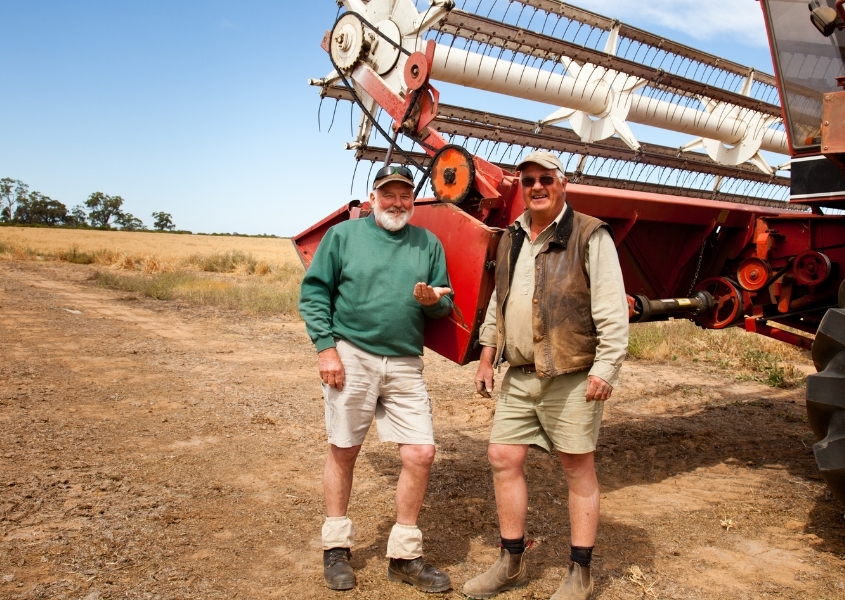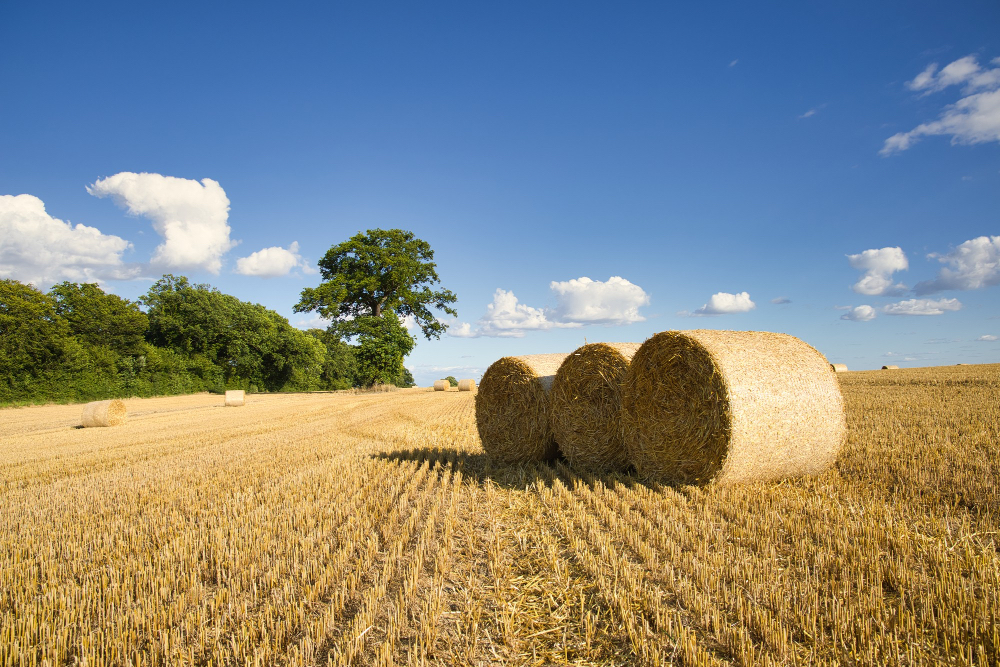In the fast-paced world of agriculture, finding ways to optimise farm operations is crucial for Australian farmers striving to reclaim their time without sacrificing productivity or profitability. At Enable Ag, we understand the challenges you face daily, from managing crops and livestock to handling administrative tasks. But what if there was a way to streamline these processes and create a more balanced farming lifestyle? According to the Australian Bureau of Agricultural and Resource Economics and Sciences, adopting smarter systems and automation can significantly enhance farm efficiency. Let’s explore how you can optimise farm operations to transform your farm and empower your team.
Understanding the Challenges of Modern Farming
Running a farm is no small feat. You’re constantly juggling multiple responsibilities, from ensuring the health of your crops and livestock to managing finances and regulatory compliance. It’s easy to feel overwhelmed. But you’re not alone. Many farmers face similar challenges, and the key to overcoming them lies in optimising your farm operations. By implementing tailored solutions, you can reduce stress and improve efficiency, allowing you to focus on what truly matters—your farm’s success.
The Power of Automation in Agriculture
Automation is not just a buzzword; it’s a game-changer for modern agriculture. By integrating automated systems into your daily operations, you can save time and reduce manual labour. Imagine having irrigation systems that adjust based on weather conditions or drones that monitor crop health. These technologies not only enhance productivity but also ensure sustainability. Ever tried using automated feeding systems for livestock? It’s a real time-saver! By embracing automation, you’re not just keeping up with the times; you’re setting your farm up for long-term success.
Streamlining Workflow for Maximum Efficiency
Optimising farm operations isn’t just about technology; it’s also about refining your workflow. Start by identifying bottlenecks in your current processes. Are there tasks that take longer than they should? Are there areas where resources are being wasted? By analysing these aspects, you can implement changes that streamline your operations. Consider creating a task management system that prioritises daily activities, ensuring that nothing falls through the cracks. This approach not only boosts efficiency but also empowers your team to work more effectively.
Empowering Your Team with Practical Solutions
Your team is the backbone of your farm, and empowering them with the right tools and knowledge is essential. Provide training on new technologies and systems, ensuring they understand how to use them effectively. Encourage open communication and feedback, allowing your team to share insights and suggest improvements. By fostering a collaborative environment, you’re not just optimising farm operations; you’re building a resilient and motivated workforce. Remember, a well-informed team is a productive team.
Creating a Sustainable and Balanced Farming Lifestyle
At the heart of optimising farm operations is the desire to create a sustainable and balanced lifestyle. It’s about finding that sweet spot where productivity meets peace of mind. By adopting smarter systems and refining workflows, you’re not just improving your farm’s efficiency; you’re also reclaiming your time. Imagine having more moments to spend with family or pursuing hobbies you love. It’s all possible with the right approach to farm management.
Ready to take the next step in transforming your farm operations? Download the Farmers’ Ultimate Freedom Checklist and discover practical strategies to optimise your farm for success. Visit Enable Ag and start your journey towards a more balanced farming lifestyle today!

 Enable Ag
Enable Ag Enable Ag
Enable Ag
 Enable Ag
Enable Ag
 Enable Ag
Enable Ag
 Enable Ag
Enable Ag
 Enable Ag
Enable Ag
 Enable Ag
Enable Ag Enable Ag
Enable Ag
 Enable Ag
Enable Ag Enable Ag
Enable Ag
